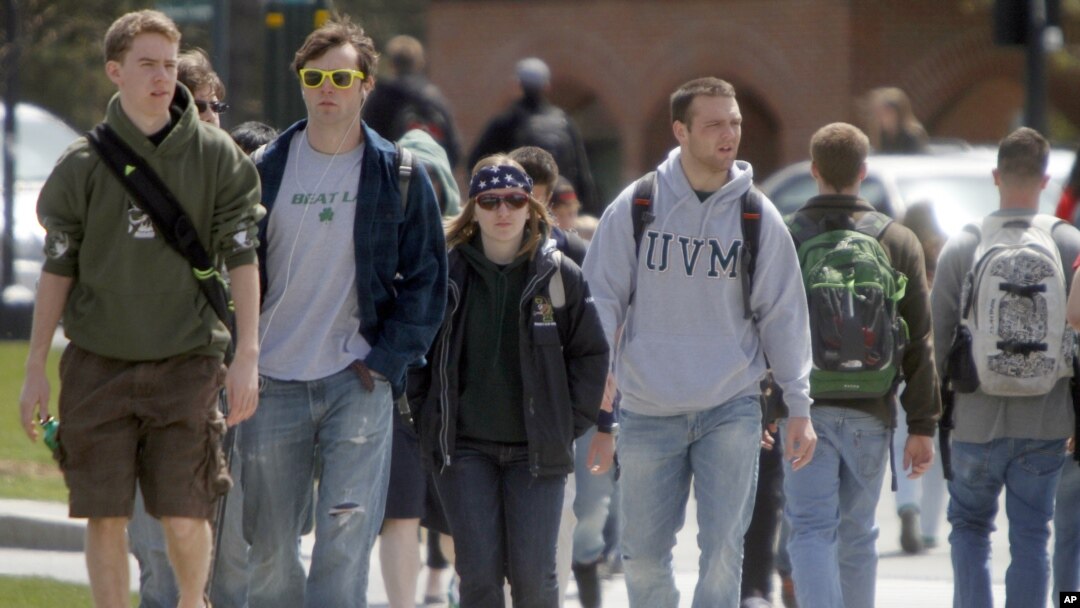Mentioning the words "student debt" to millennials and younger people is like dropping a match on a trail of gasoline.
"Our total debt for credit cards and student loans combined is almost $150,000," said Matt Porter, 31, who lives in Lowell, Massachusetts, with his fiancee. "It's absolutely insane and makes it really hard to move forward with life goals."
Porter and other millennials say being bogged down by massive student debt makes it difficult to buy a house or start a family.
The first in his family to attend college, Porter took out $80,000 in loans to attend Boston College in 2005, hoping to become a journalist. He worked five unpaid internships, finding housing and food at his own expense. After getting his bachelor's degree in 2009 and a master's in 2012, he struggled for four years in television news. He made $22,000 a year, working at least 60 hours per week.
In July 2016, he called it quits.
Porter switched to a roof over his head, a wedding, and relative financial stability when he landed a job developing multimedia content and working with the press at the JFK Library Foundation.
He and his fiancee recently bought a condo and are finally planning the wedding they had long hoped for.
"It's very challenging as a millennial to buy a home. I delayed a lot of milestones in my 20s, like getting married, buying a house, having kids, saving for retirement," Porter said. "I should have been saving, but I had the student loans."
American colleges and universities are significantly more expensive today than when earlier generations attended. Between 1980 and 2014, the average annual increase in college tuition grew by nearly 260 percent, according to the Bureau of Labor Statistics.
"There was a time when a small amount of savings and a part-time job could get students through college with little or no debt," wrote Mary Clare Anselem, policy analyst for the Heritage Foundation's Center for Education Policy. "But today, more students than ever are turning to federal loans to finance their college education."
Between 1990 and 2012, college enrollment increased 62 percent, according to the think tank's website. But the volume of borrowing for school increased 352 percent. By the end of 2017, according to the Federal Reserve Bank, national student loan debt in the United States was $1.48 trillion. By comparison, mortgage, or housing, debt was $13 trillion.
"This weighty increase in student loan debt presents problems for both students and taxpayers. A recent survey found that 56 percent of young people put off milestones such as getting married or buying a home because of student loan debt," Anselem wrote.
"Only in the last two years have I really made any dent in the principal of my student loans," lamented Porter.
Never ask a millennial "how much debt they're in," tweeted @bghsclarigirl from Las Vegas, Nevada.
Twitter user Kayla Muldoon, a student at Point Park University in Pittsburgh, took a tongue-in-cheek poke at the plight of student debt.
"Imagine the amount of homeowners if universities were free," posted Realtor Ben Clough on social media.
Theresa Maher and Taylor Crehan contributed to this report.


